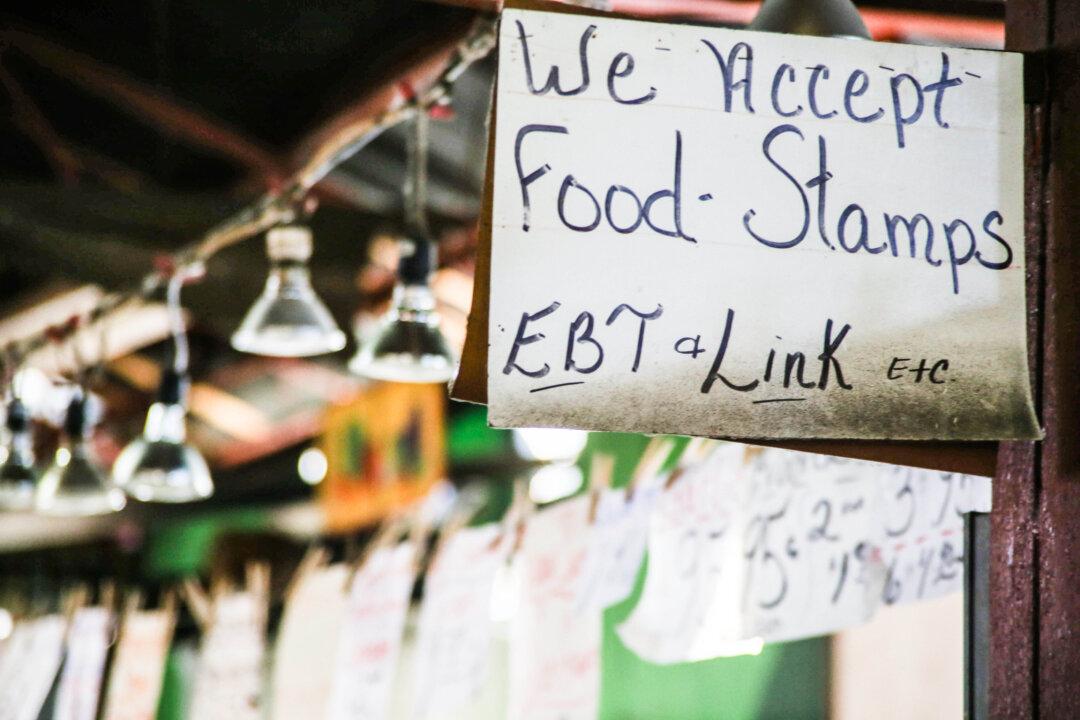Almost 50,000 able-bodied, working age residents receiving food stamps in Cook County, Illinois, will be forced to find jobs as of January next year.
The change is the result of Cook County’s falling unemployment rate, the Chicago Tribune reports, as it is no longer able to qualify for waivers from the federal government granted for high unemployment rates or when jobs are scarce.





